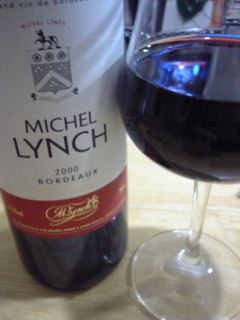Whether you are hosting an important dinner party for work or you are planning a romantic dinner for two, there may come a time when you need to choose which wines to serve with your dinner. Although you may be inclined to stress over your decision, choosing wines for dinner can be a fairly simple task. With a basic understanding of a few simple concepts, you can be confident in impressing your guests with a tasteful and quality wine.
Consider Your Cuisine
As you plan for your event, you will want to prepare in advance for the type of food you will be serving. While you might not know every detail of side dishes and other entrees, it can be very helpful to have a good idea of the main course and the overall genre of your menu. Knowing the type of meat you will be serving can make a large difference in helping you choose which wines to serve. White meats such as fish and turkey, for example, often pair better with different wines than you might consider with steak.
If you don’t have a particular dinner menu in mind, you have the option of planning your meal around your favorite choice in wine. Starting with your wines and working backwards with the dinner menu is a similar process. In either case, the goal is to have the wines and the dinner menu complement one another, providing the best experience for everyone.
Common Sense Advice
If you are new to serving or drinking wines, there are a few simple things to keep in mind to create the best combinations. Just as you would plan various components of your dinner menu to work well together, you will want to make sure that your wines complement the meal. Years of experience with wines may provide you with some added insights, but in the beginning, you can follow some simple advice.
*Lighter dishes often work better with lighter wines.
*Heavier foods tend to mesh more with heavier and darker wines.
*When serving white meats, choose white wines.
*For red meats, use red wines.
No matter what you are serving, your goal should be to create a balance.
Your foods and wines should work together to enhance the entire dining experience.
Popular Combinations
If you are feeling hesitant or unsure about making a selection, you can always stick with popular combinations that have already been proved to work well. Here are a few popular combinations to consider.
*Chicken and grilled fish are often paired with Chardonnay.
*Merlot is often used in combination with a hearty dish of pasta or a heavier, red meat.
*Dishes of steak and beef are often paired with Cabernet Sauvignon.
*Pinot Noir can be a great choice with pork or red sauce.
*Lighter dishes that include chicken or other white meats tend to work well with Sauvignon Blanc.
Experiment
As with anything else, experimenting and practice is likely going to be the best way to gain confidence and expertise in choosing wines for dinner. Often times, wines are chosen simply as a matter of preference, so it might take some time to figure out exactly what you like best.
When you have given some thought to your menu and taken some simple advice on selecting
wines, you can be sure to give your guests a pleasant dining experience.














